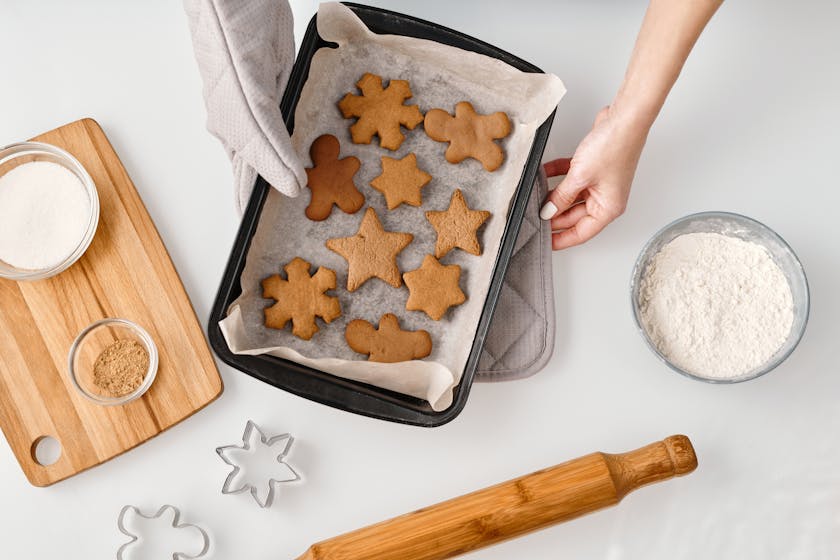When it comes to preparing for unforeseen events, having an effective bulk meal storage strategy for emergency preparedness is vital. Whether you’re dealing with natural disasters, power outages, or other emergencies, a well-stocked pantry can be a lifesaver. This guide will walk you through the how-tos of storing large quantities of food efficiently and safely.
Understanding the Basics of Bulk Meal Storage
Before diving into the specifics, it’s important to grasp the essentials of bulk meal storage. The primary goal is to ensure a long shelf life for your food items while maintaining their nutritional value and taste. To achieve this, you need to consider factors like temperature, moisture, pests, and light.
Selecting the Right Containers for Longevity
The first step in bulk meal storage for emergency preparedness is choosing the proper containers. Food-grade buckets with airtight lids are ideal for keeping out moisture and pests. For items like grains and legumes, consider using vacuum-sealed bags or Mylar bags with oxygen absorbers to prevent oxidation and extend shelf life.
Additionally, glass jars can be useful for smaller quantities or items that you access more frequently. However, ensure that you store them in a dark, cool place to protect them from light degradation.
Organizing Your Storage Area
Effective organization is crucial when managing your bulk storage. Label each container with the content and the date of storage. Arrange your food in a way that allows you to rotate your stock, using the oldest items first. This practice, known as “first in, first out,” prevents waste and ensures you always have fresh supplies on hand.
Consider using shelving units to maximize vertical space and keep heavy items on the bottom shelves to prevent accidents.
Choosing the Right Foods for Your Emergency Pantry
When selecting foods for your emergency pantry, focus on non-perishable items that have a long shelf life and provide good nutritional value. Some staples include:
- Dried beans and legumes
- Whole grains like rice and oats
- Powdered milk and dairy products
- Canned meats, fruits, and vegetables
- Nuts and seeds
- Dehydrated or freeze-dried meals
Always consider any dietary restrictions or allergies in your household when building your emergency food supply.
Maintaining Ideal Storage Conditions
The longevity of your bulk meal storage heavily depends on the conditions in which you store your food. Aim for a cool, dry space with temperatures between 50°F and 70°F. Basements and cellars often provide the perfect environment, but ensure they are well-ventilated and free from dampness.
Regularly check your storage area for signs of pests or spoilage, and take immediate action if you notice any problems.
Incorporating Bulk Meals into Your Regular Diet
An often-overlooked aspect of bulk meal storage for emergency preparedness is the use of stored foods in your everyday diet. This not only helps with rotation but also familiarizes your family with the taste and preparation of these foods.
Try to incorporate stored items into your meal plans at least once a week. This will also help you identify any gaps in your storage that you may need to address.
Replenishing Your Supplies
As you use items from your emergency pantry, be sure to replenish them promptly. Keep an inventory list to track usage and restock as needed. This ensures that your bulk meal storage is always ready for any emergency.
Additionally, take advantage of sales or bulk purchase discounts to economically maintain your pantry.
Final Insights on Bulk Meal Storage Strategies
By now, you should have a solid foundation for creating a robust bulk meal storage plan for emergency preparedness. Remember, the key to a successful emergency food supply is planning, organization, and regular maintenance. With these strategies in place, you’ll have peace of mind knowing that you and your loved ones are prepared for whatever may come your way.



